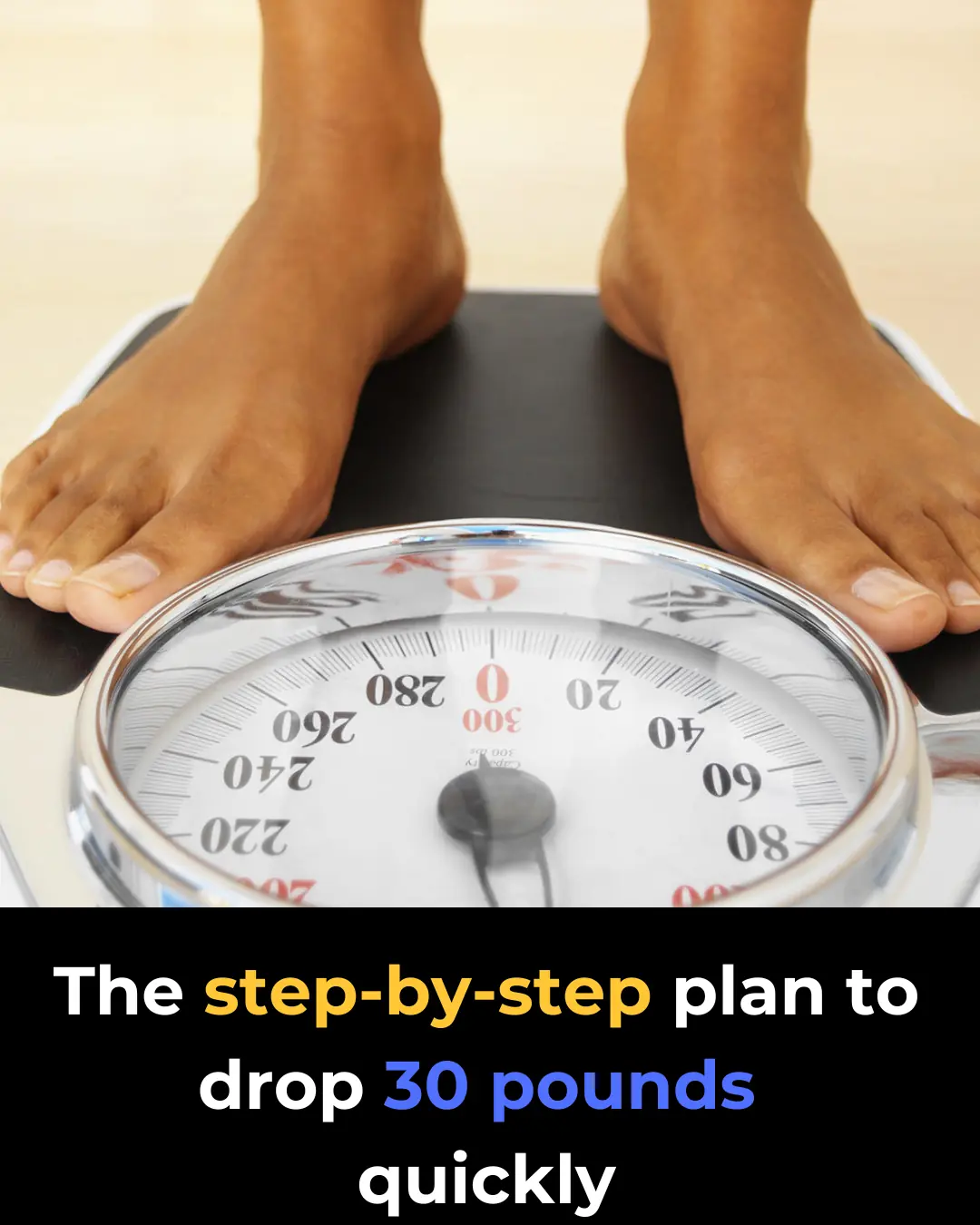
17 signs of kidney trouble you can see—don’t ignore #3!
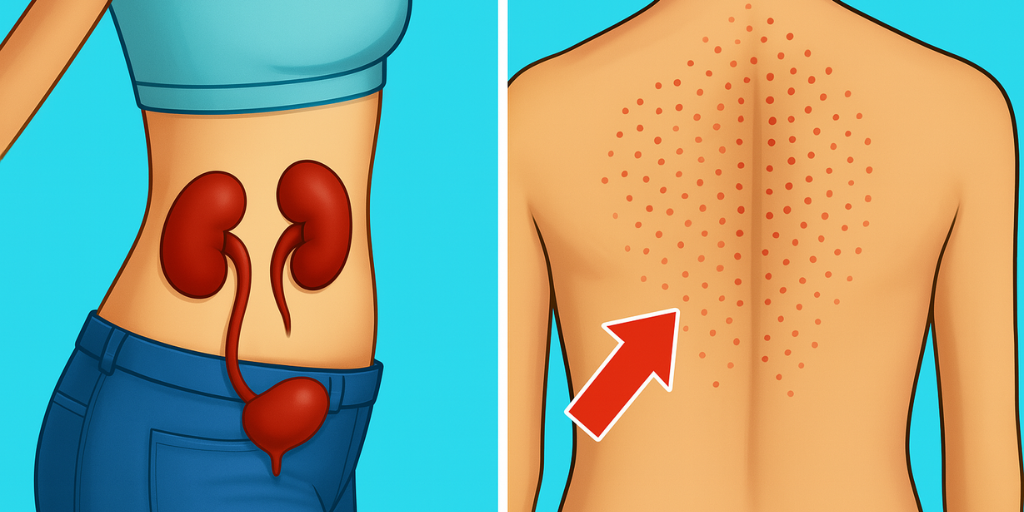
Did you know that your skin, nails, and even your breath can reveal surprising clues about the health of your kidneys? Kidney disease is far more common than most people realize—and often, it goes unnoticed. In fact, it’s estimated that up to 90% of people with chronic kidney disease (CKD) are unaware they have it, mainly because the early stages are silent and symptoms can be easy to overlook. This is a serious concern, because early detection allows doctors to treat the underlying cause and slow or prevent further kidney damage.
In this expanded guide—based on the expertise of Dr. Siobhan Deshauer—we’ll take a closer look at 17 visible signs of chronic kidney disease that many people can spot on their own.
Understanding Your Kidneys

Your kidneys are two bean-shaped organs located below your ribcage on either side of your spine. While most people associate them only with producing urine and filtering toxins, they actually perform a wide range of essential jobs. Your kidneys regulate electrolytes such as salt and potassium, balance the acid levels in your blood, control hemoglobin production, maintain bone health, and help manage fluid levels throughout the body.
Because kidneys influence so many systems, kidney problems can show up almost anywhere—including the skin, nails, urine, and even your breath. Knowing what to look for can make a life-changing difference.
Key Takeaways
-
Most people with kidney disease don’t know they have it.
-
Catching CKD early helps treat the root cause before serious damage occurs.
-
Changes in urine, skin, nails, and breath can signal kidney trouble.
-
The most common causes include diabetes, high blood pressure, and overuse of certain medications.
-
Regular check-ups are essential, especially if you have risk factors.
17 Signs You Can Actually See
17. Foamy Urine

If you frequently notice thick, persistent foam in your urine—similar to the head on a beer—it could be a sign of protein loss. This happens when albumin, a protein normally kept inside the bloodstream, leaks into the urine due to damage in the kidney’s filtering units (the glomeruli). Because albumin has soap-like properties, it creates visible foam.
While occasional foaming is normal, consistent, dense, or worsening foamy urine should be checked by a doctor.
16. Swelling (Edema)
To check for swelling, press your thumb gently into your lower shin for about 5 seconds. If an indentation remains, that’s pitting edema. When kidneys are damaged, albumin drops in the bloodstream, causing fluid to leak into surrounding tissues.
Swelling commonly appears in:
-
legs and ankles
-
feet
-
eyelids, especially in the morning
Occasional swelling from standing all day is normal, but persistent or unexplained swelling is a red flag.
15. Frequent Nighttime Urination (Nocturia)
Healthy kidneys concentrate urine at night so you don’t need to wake up repeatedly. When the kidneys are impaired, they lose this ability, leading to nighttime urination.
If you're waking up multiple times every night, it may signal early kidney dysfunction—especially if you also notice changes in urine color or volume.
14. Half-and-Half Nails
Some people with chronic kidney disease develop distinctive nails: the lower half appears white, while the upper half looks pink, red, or brown. These are called half-and-half nails.
The exact cause isn’t fully understood, but researchers believe it’s linked to changes in blood vessel structure and protein levels associated with kidney disease.
13 & 12. Calcinosis Cutis and Artery Calcification
When failing kidneys can’t clear excess phosphate, phosphate binds with calcium and forms tiny crystals.
These crystals may deposit:
-
in the skin, causing calcinosis cutis—painless, firm, white-yellow bumps
-
in blood vessels, leading to artery calcification
Artery calcification is particularly dangerous because it stiffens blood vessels, raising the risk of heart disease. On X-rays, these arteries may appear bright or pipe-like, and in severe cases, they can feel like a guitar string beneath the skin.
11 & 10. Muscle Cramps and Osteoporosis
High phosphate and low calcium—common in kidney disease—can trigger painful muscle cramps, often at night.
To compensate for low calcium levels, the body increases parathyroid hormone (PTH), which pulls calcium from the bones. Over time, this weakens the skeleton and leads to osteoporosis. This makes people more prone to fractures in the:
-
wrist
-
spine
-
hips
A gradual loss of height is another warning sign.
9 & 8. Itchy Skin and Restless Legs Syndrome
When toxins build up in the bloodstream (uremia), the skin becomes irritated, causing intense itching. This itching often gets worse at night and may be widespread with no visible rash.
Uremic toxins can also affect nerve function and iron regulation, contributing to restless legs syndrome (RLS)—an uncomfortable urge to move the legs, especially during rest.
7 & 6. Metallic Taste and Loss of Appetite
Uremic toxins can alter the taste buds, making food taste metallic or unpleasant, like you’ve been licking a coin. They can also cause a urine-like odor on the breath, known as uremic fetor.
These changes often contribute to:
-
reduced appetite
-
nausea
-
unintentional weight loss
-
difficulty enjoying previously normal foods
These symptoms typically appear in more advanced stages of CKD.
5. Easy Bruising

People with kidney disease may bruise more easily because uremic toxins interfere with platelet function. This makes it harder for blood to clot. Common signs include:
-
frequent nosebleeds
-
bleeding gums
-
small bruises appearing without a clear cause
4 & 3. Uremic Frost and Pericarditis
In very late-stage kidney failure, toxins build up to such high levels that they crystallize in the sweat. When the sweat dries, it leaves a white, powdery coating on the skin called uremic frost.
Another severe complication is pericarditis, inflammation of the sac surrounding the heart. This can cause:
-
sharp chest pain
-
pain that worsens when lying down
-
relief when sitting forward
Both conditions require immediate medical attention.
2. Fatigue (Anemia)
Healthy kidneys produce erythropoietin (EPO), a hormone that stimulates red blood cell production. When the kidneys are damaged, EPO levels drop, leading to anemia.
This results in:
-
overwhelming fatigue
-
shortness of breath
-
dizziness
-
pale skin
The good news: anemia from CKD is often treatable with medication or supplements.
1. No Symptoms at All
Perhaps the most important point: many people with early-stage kidney disease feel completely fine. Stages 1–2 usually have no visible symptoms. CKD is often diagnosed only through routine blood or urine tests.
This makes regular check-ups essential, especially for individuals at higher risk.
Prevention and Risk Factors
The most common causes of chronic kidney disease are:
-
diabetes
-
high blood pressure
Other contributors include obesity, heart disease, autoimmune conditions, and long-term use of certain medications—especially NSAIDs like ibuprofen and naproxen. Although these drugs are safe for occasional use, chronic or heavy use can strain the kidneys. Always check with your doctor if you rely on them regularly.
Maintaining kidney health involves:
-
staying hydrated
-
monitoring blood pressure and blood sugar
-
eating a balanced, low-sodium diet
-
avoiding smoking
-
exercising consistently
-
getting routine medical tests
Taking preventive steps today can help protect your kidneys long-term.
News in the same category


7 Surprising Health Benefits of Cloves for Men

The Medicinal Powers of Turmeric That Doctors Rarely Mention
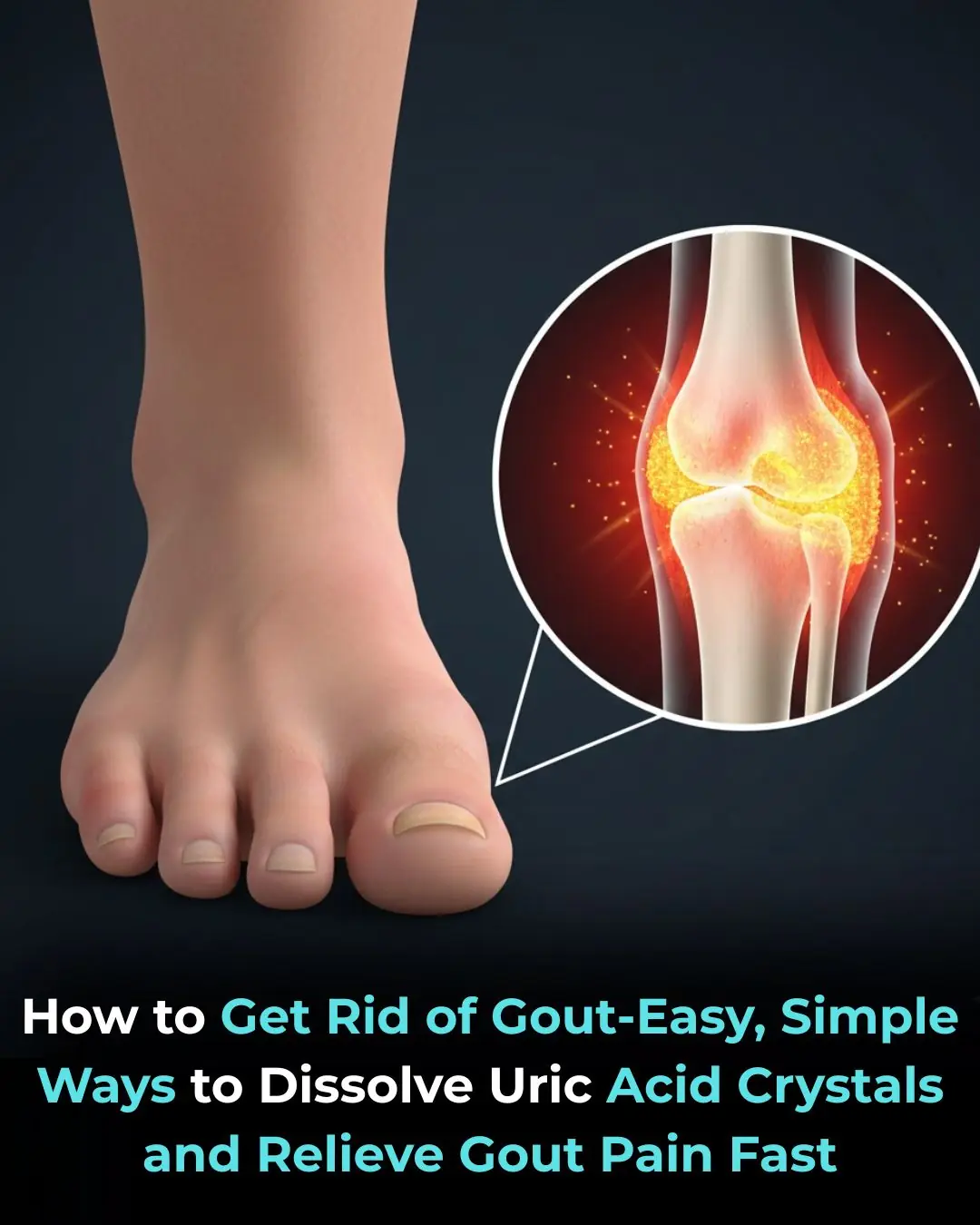
The Best Natural Gout Treatments: Remove Uric Acid Crystallization To Prevent Gout And Joint Pain
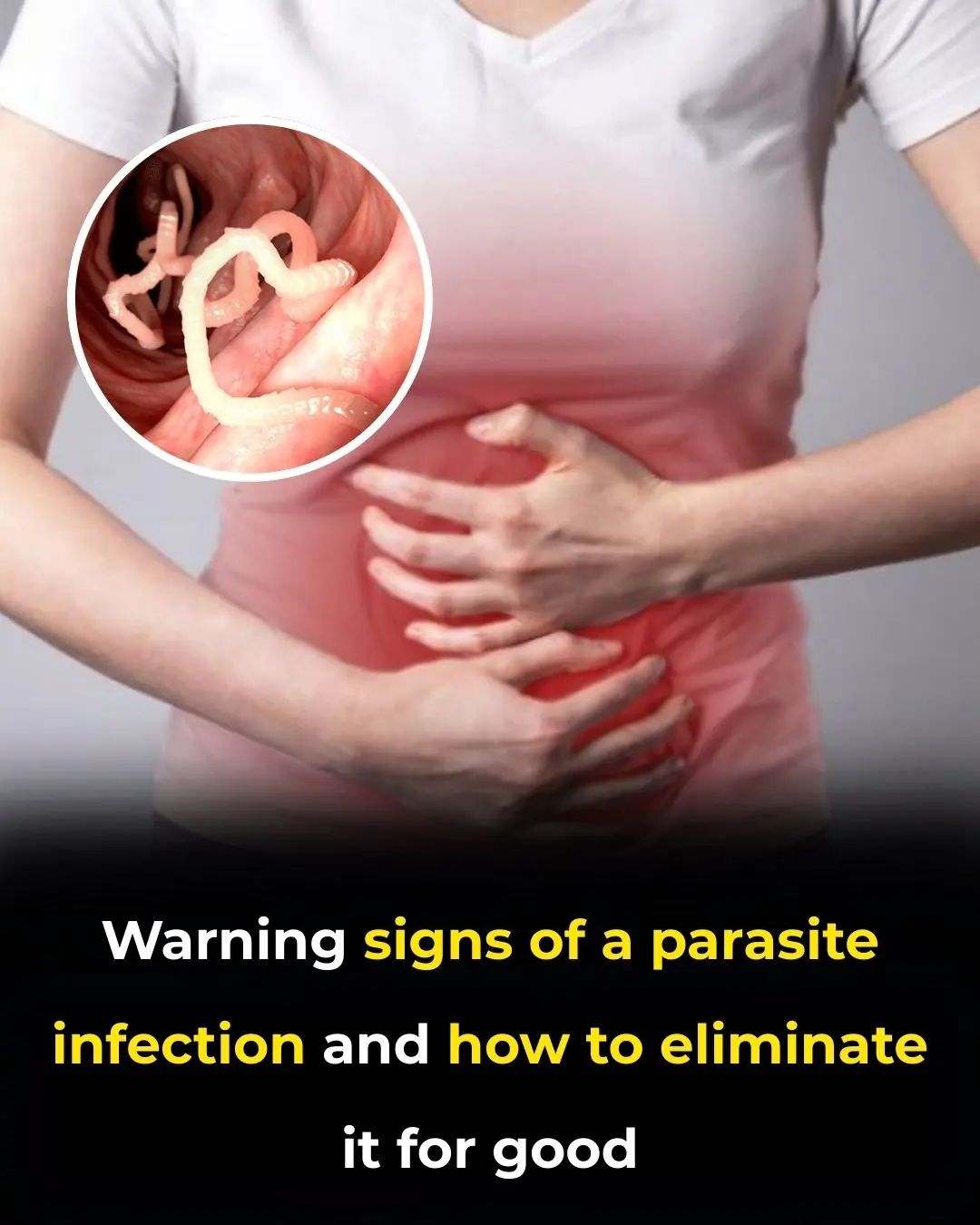
How to Tell If You Have Intestinal Parasites and What to Do About That

People Who Eat 3 Eggs Every Day Are Noticing This Crazy Difference
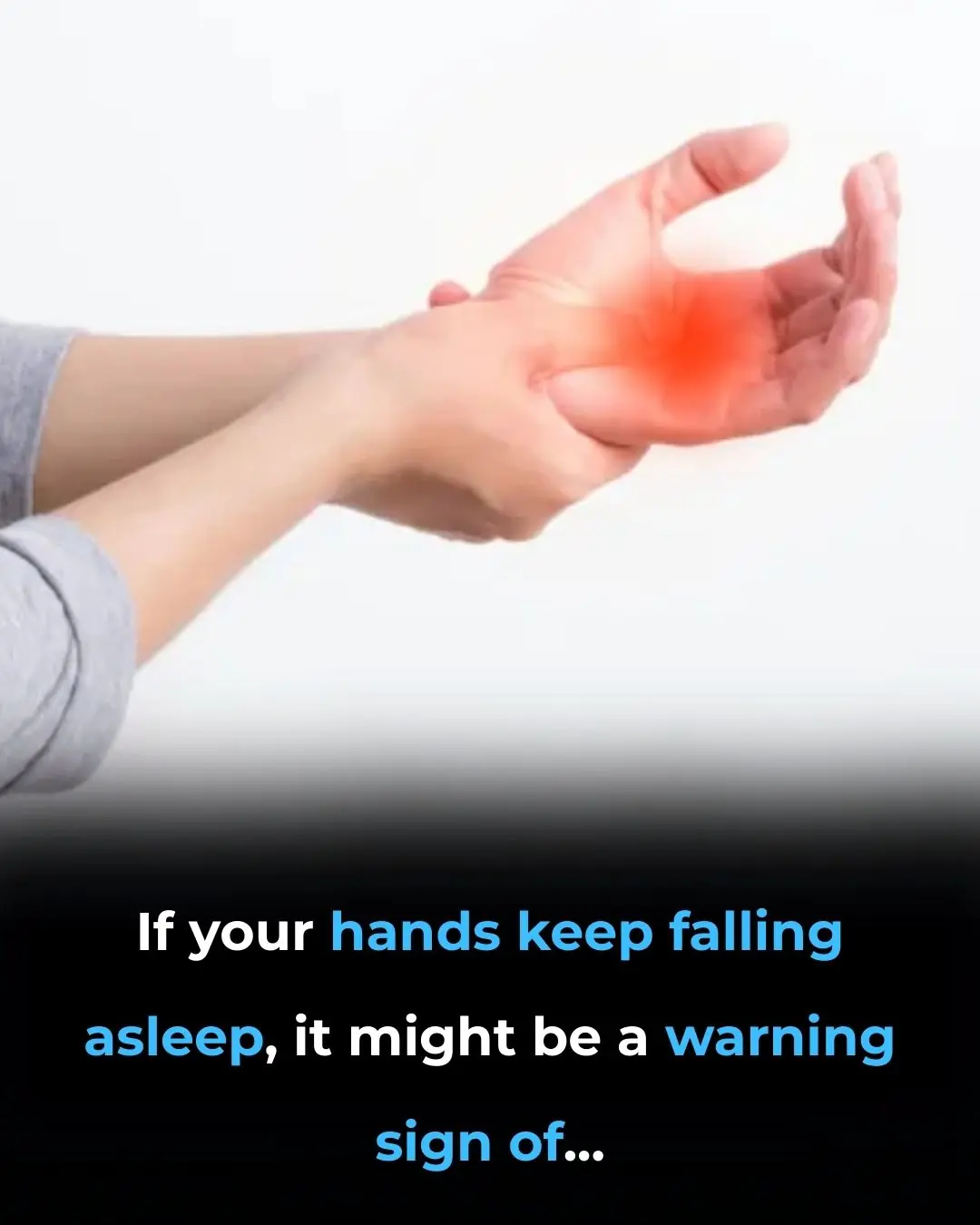
Why Your Hands or Arms Fall Asleep at Night and What To Do

6 fruits that help your body fight cancer cells naturally

Never Toss Banana Peels Again: The 2,000-Year-Old “Trash” Trick That Erases Wrinkles, Heals Scars, Whitens Teeth & Drops Blood Pressure Overnight
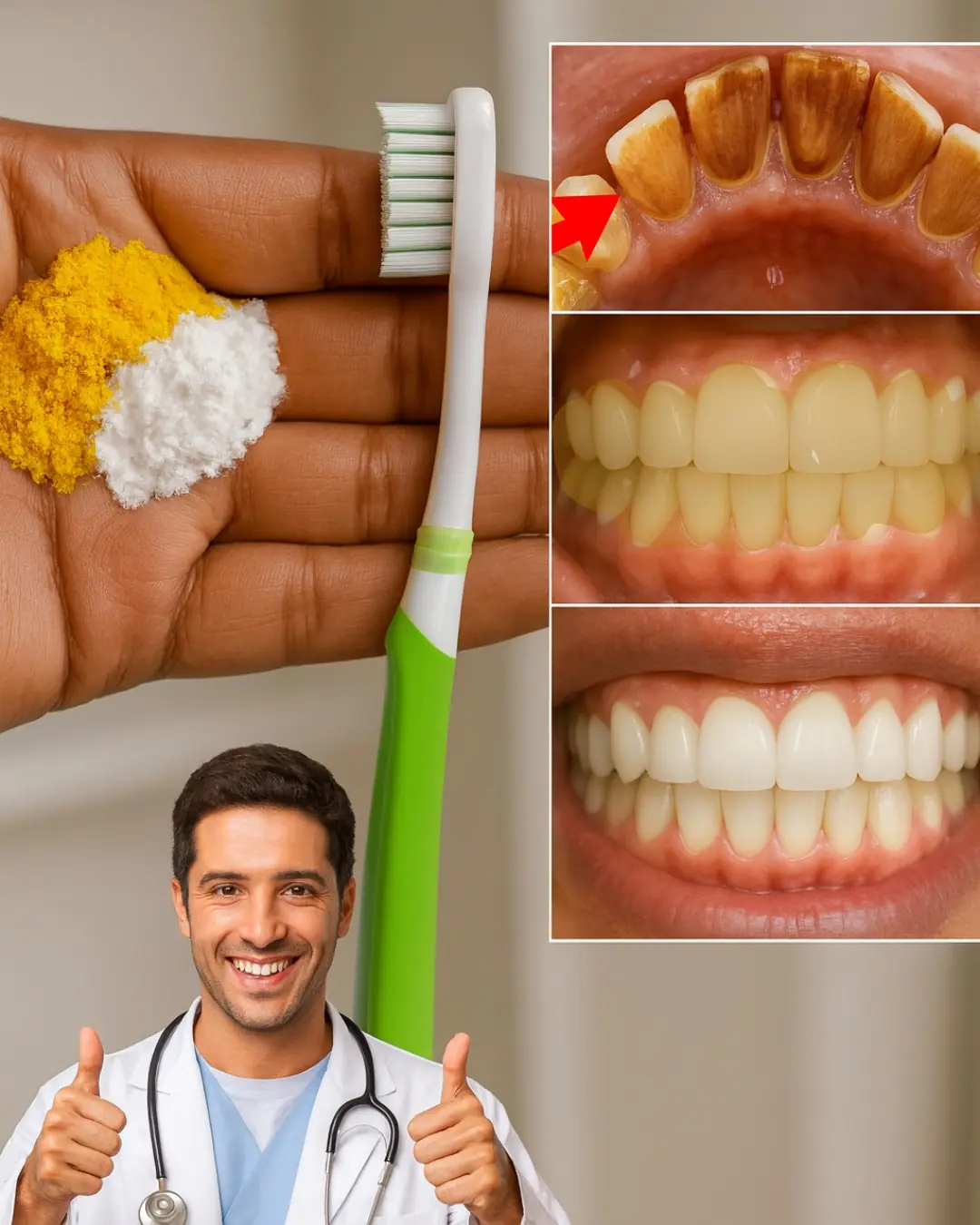
The $5 Kitchen Secret: Why You Should Be Brushing Your Teeth with Turmeric and Baking Soda
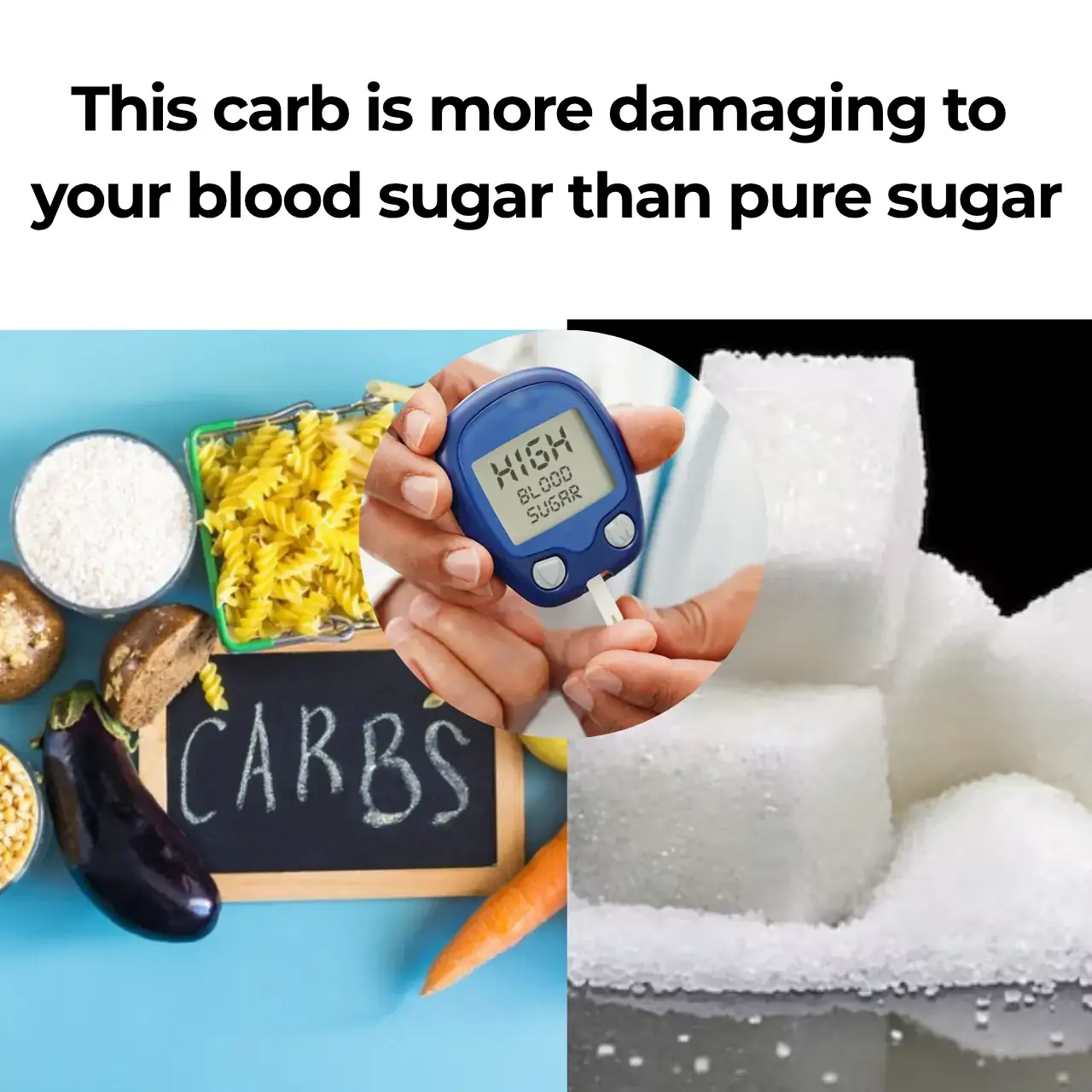
This carb is more damaging to your blood sugar than pure sugar
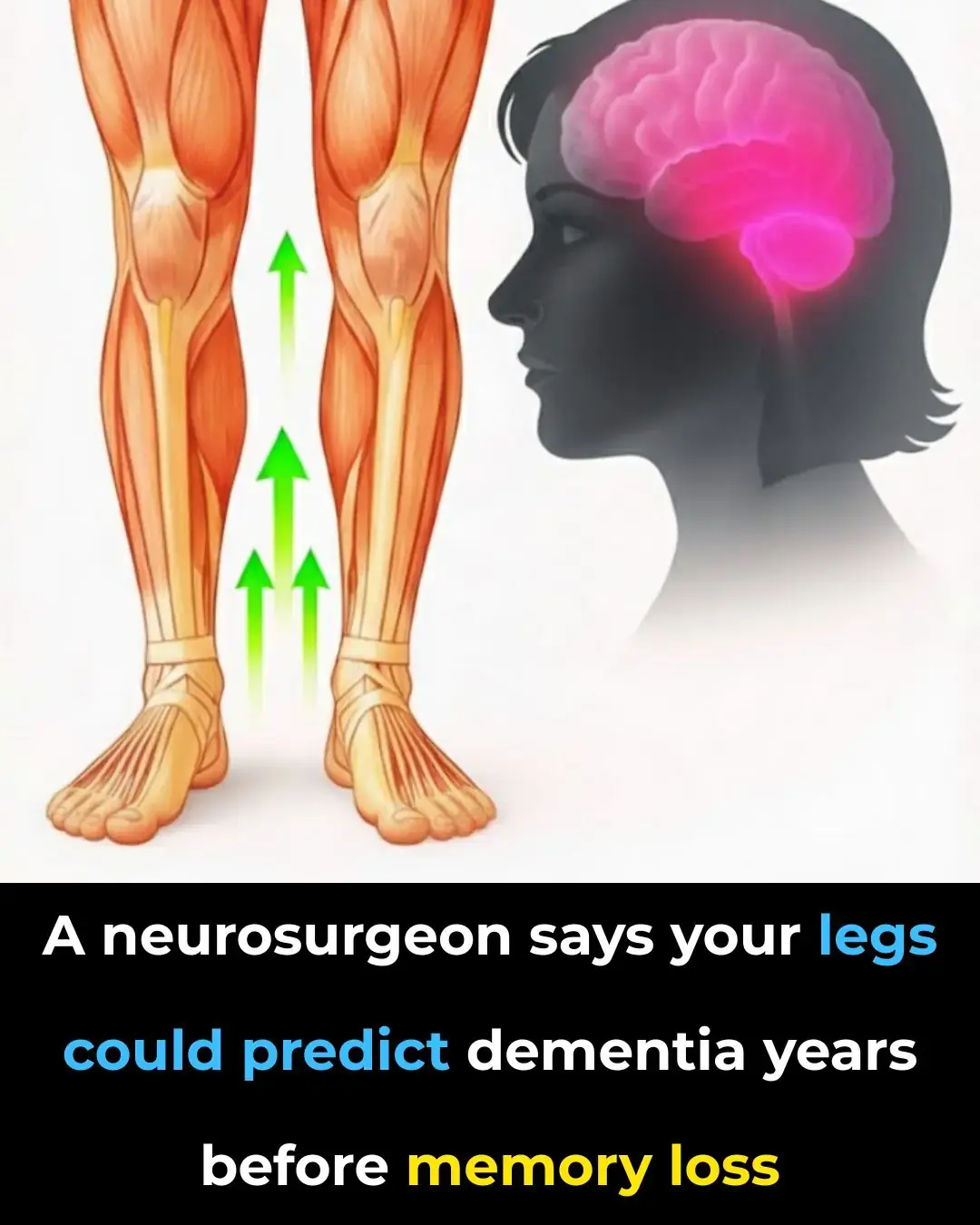
A neurosurgeon says your legs could predict dementia years before memory loss
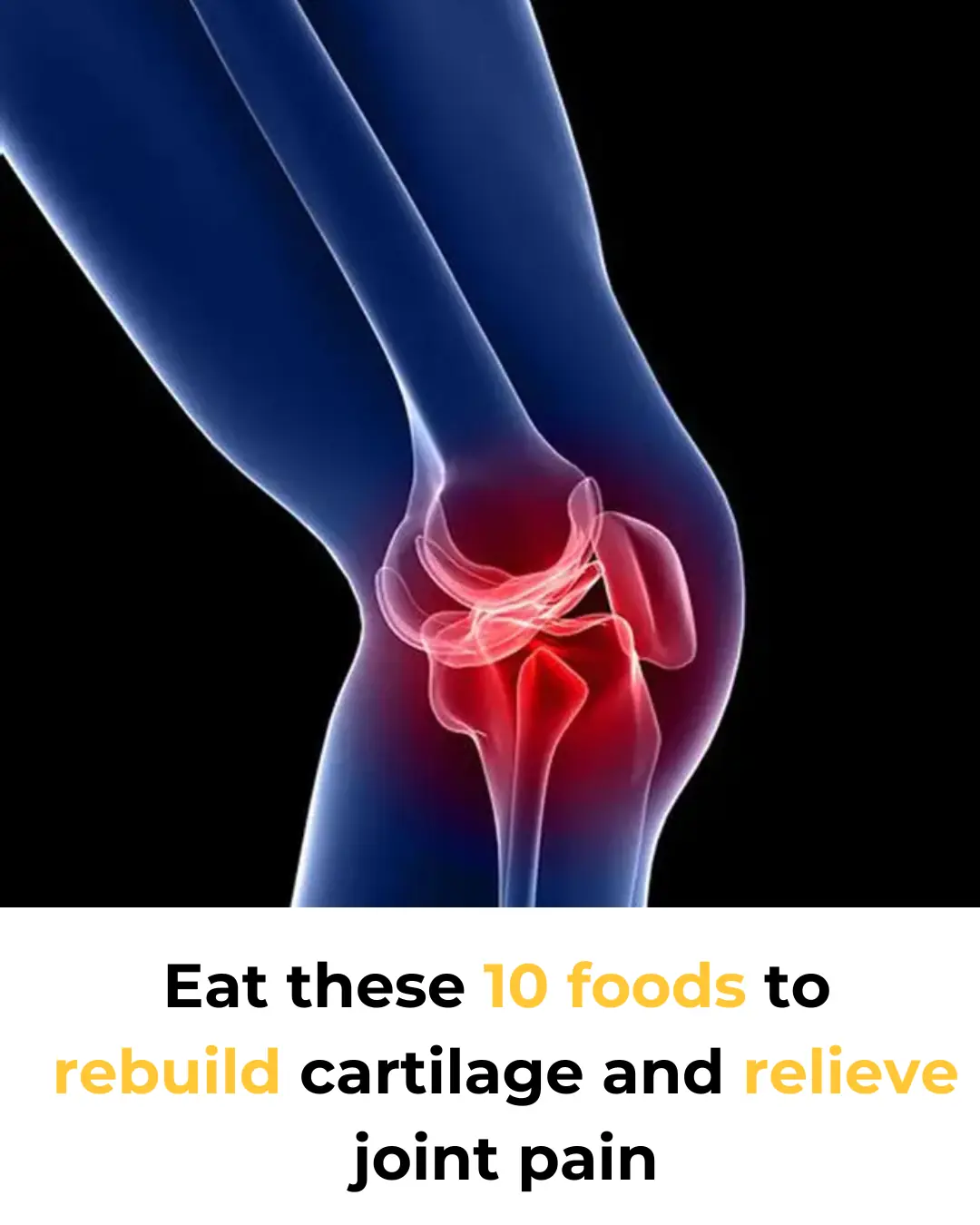
Top 10 Foods to Heal Knee Pain and Rebuild Cartilage Naturally
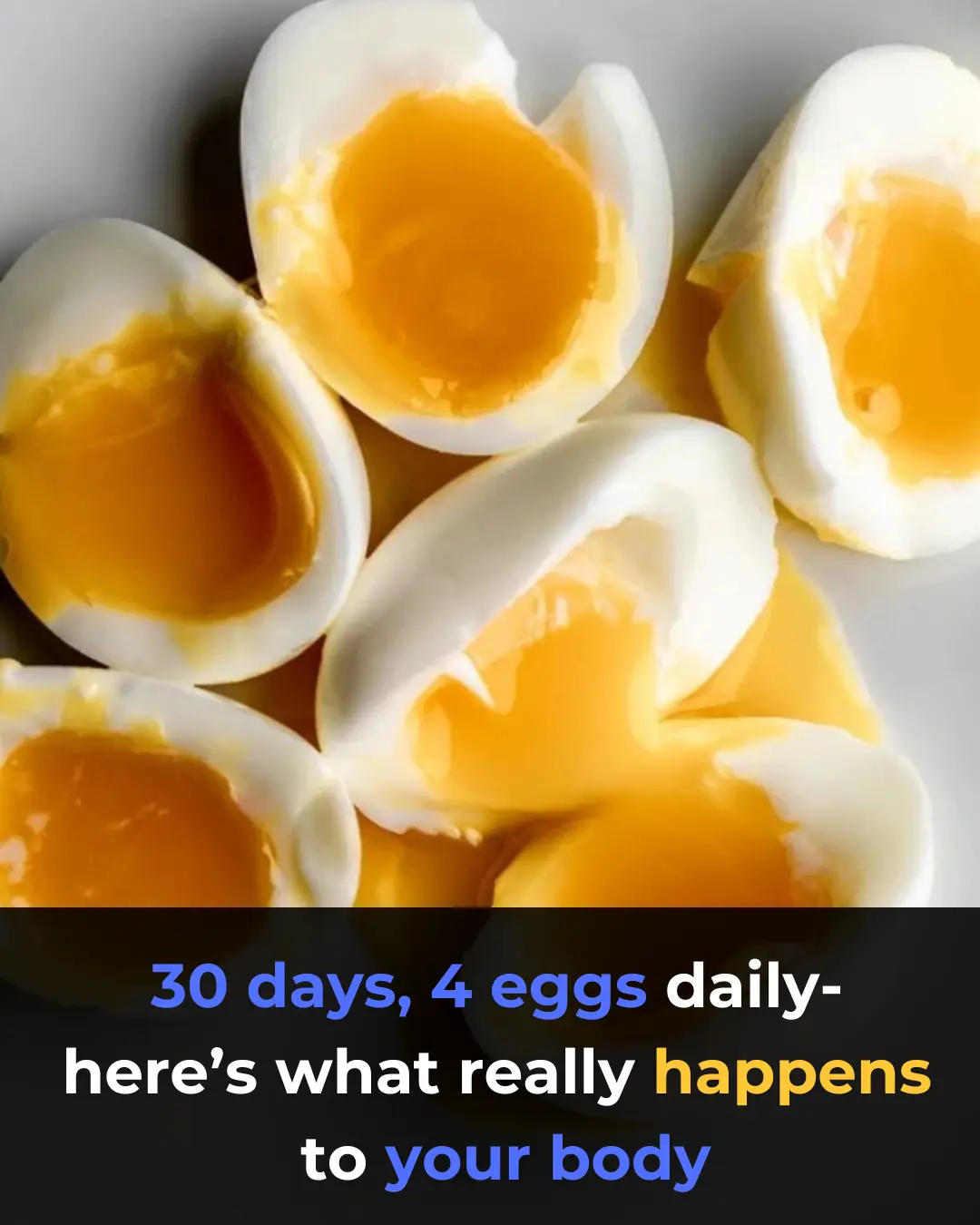
What Happens If You Eat 4 Whole Eggs Every Day for 30 Days?

Avoid Ginger If You Have THESE Health Problems

The step-by-step plan to drop 30 pounds quickly in 2025
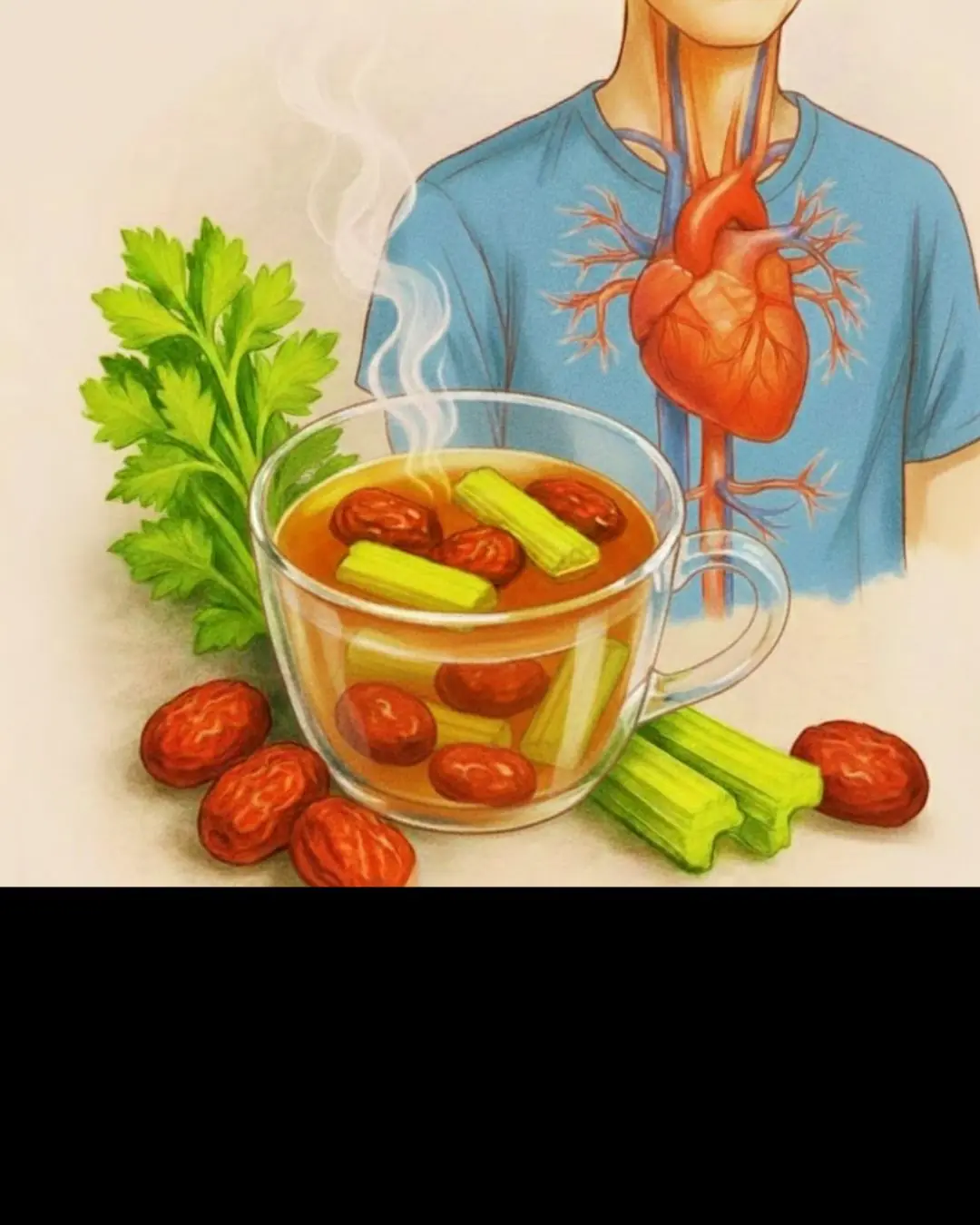
Got High Blood Pressure? Try This 2-Ingredient Tea!

The Best Natural Remedies to Treat and Prevent Varicose Veins Effectively
News Post

When a Woman Bites Her Lip While Staring at You, It Means She Is ...

3 Flowers That Make Snakes Tremble in Fear
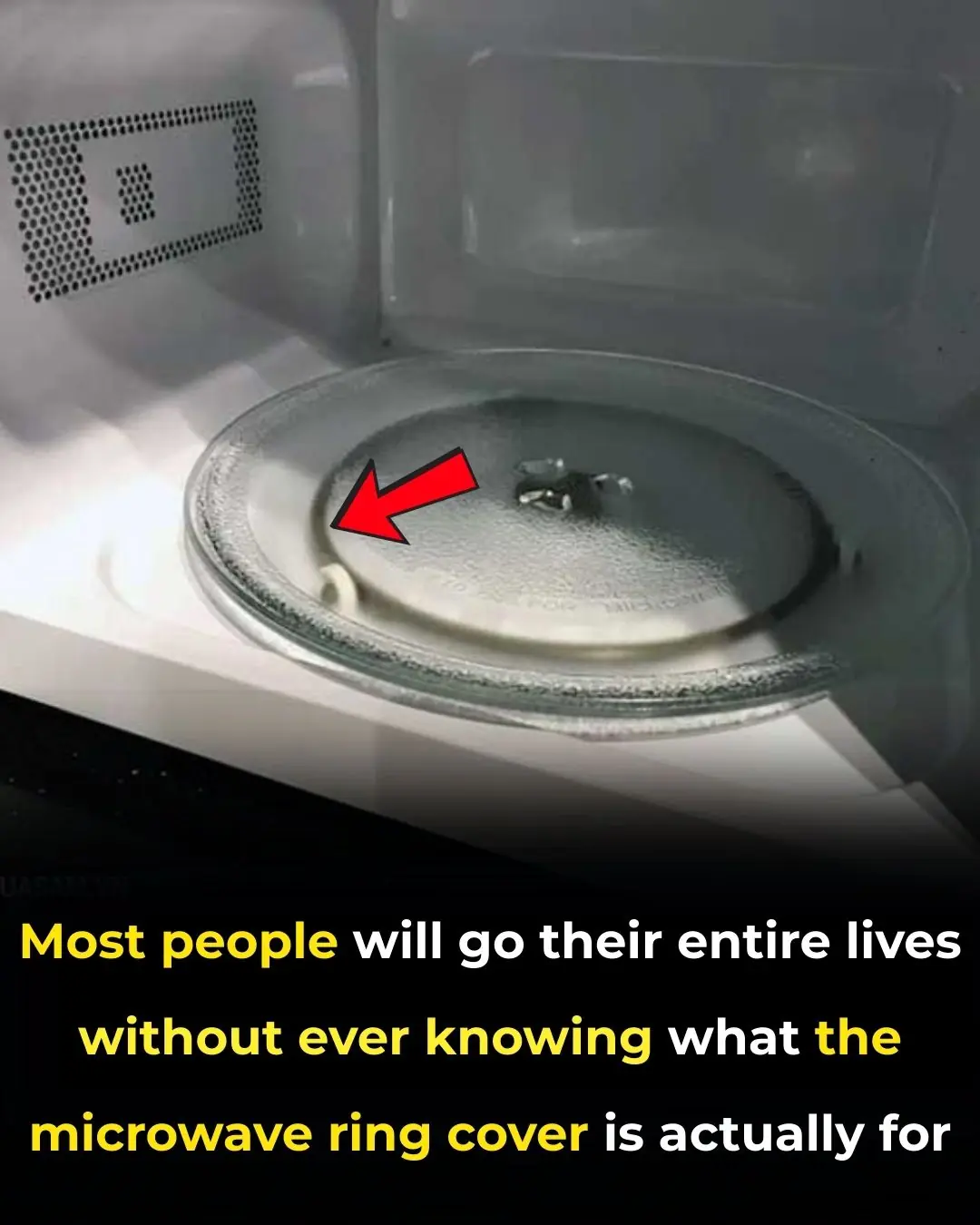
I was totally in the dark on this!

Most People Get This Wrong — Here’s How Often You Should Refresh Everything
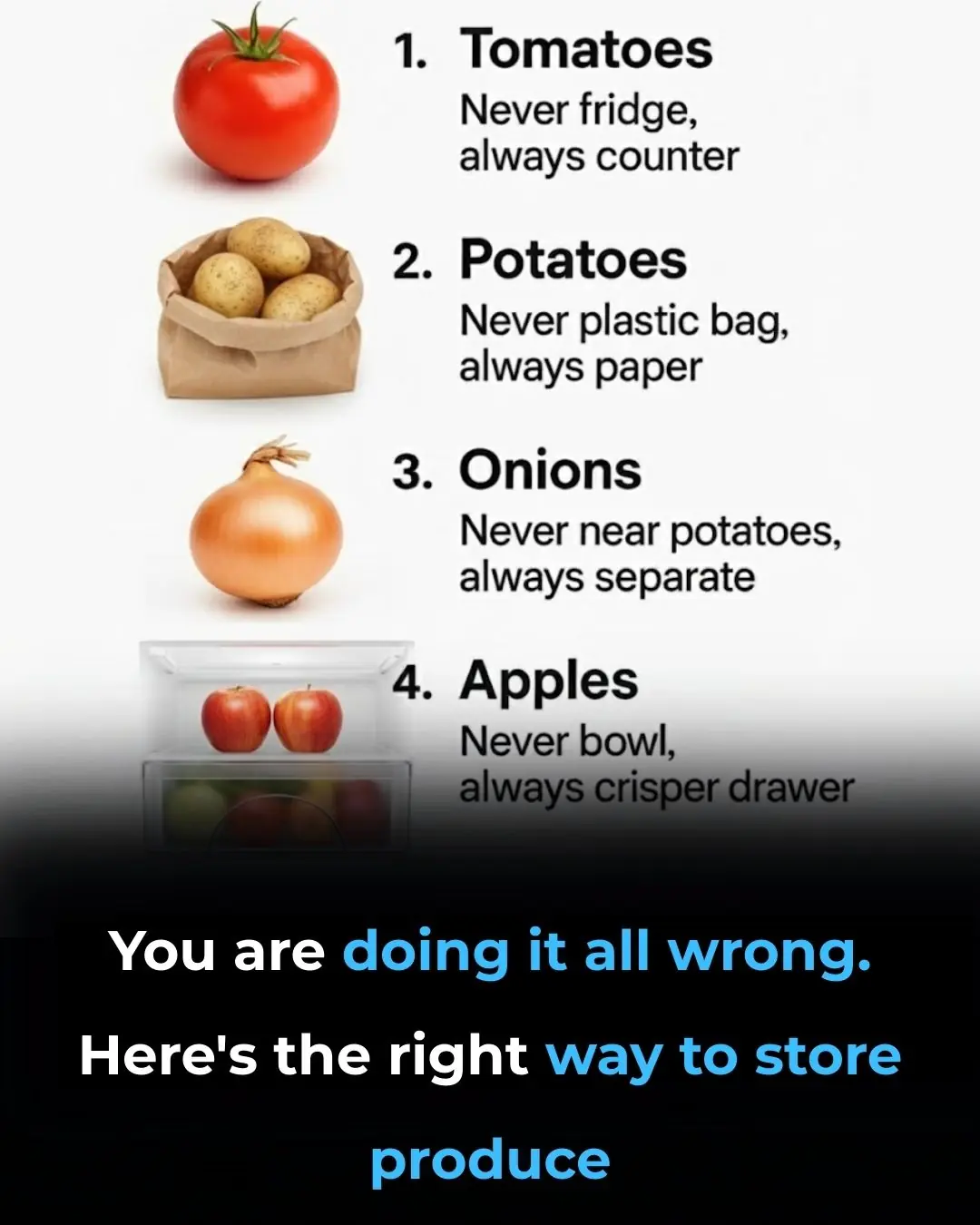
You’re Storing Your Produce All Wrong — Here’s How to Do It Right

The step-by-step plan to drop 30 pounds quickly in 2025

Mine Could Definitely Flower More

7 Surprising Health Benefits of Cloves for Men

3 flowers that make snakes tremble with fear — beautiful and safe to plant around your home

The Medicinal Powers of Turmeric That Doctors Rarely Mention

The Best Natural Gout Treatments: Remove Uric Acid Crystallization To Prevent Gout And Joint Pain

How to Tell If You Have Intestinal Parasites and What to Do About That

People Who Eat 3 Eggs Every Day Are Noticing This Crazy Difference

Why Your Hands or Arms Fall Asleep at Night and What To Do

Meet Jonathan: The 192-Year-Old Tortoise Who Has Witnessed History and Continues to Inspire

Retired Couple in UK Successfully Nurtures 90-Million-Year-Old Wollemi Pine, Leading to Its First Reproduction Outside Australia

Stem Cell Therapy for Type 1 Diabetes Shows Promise in Human Clinical Trials
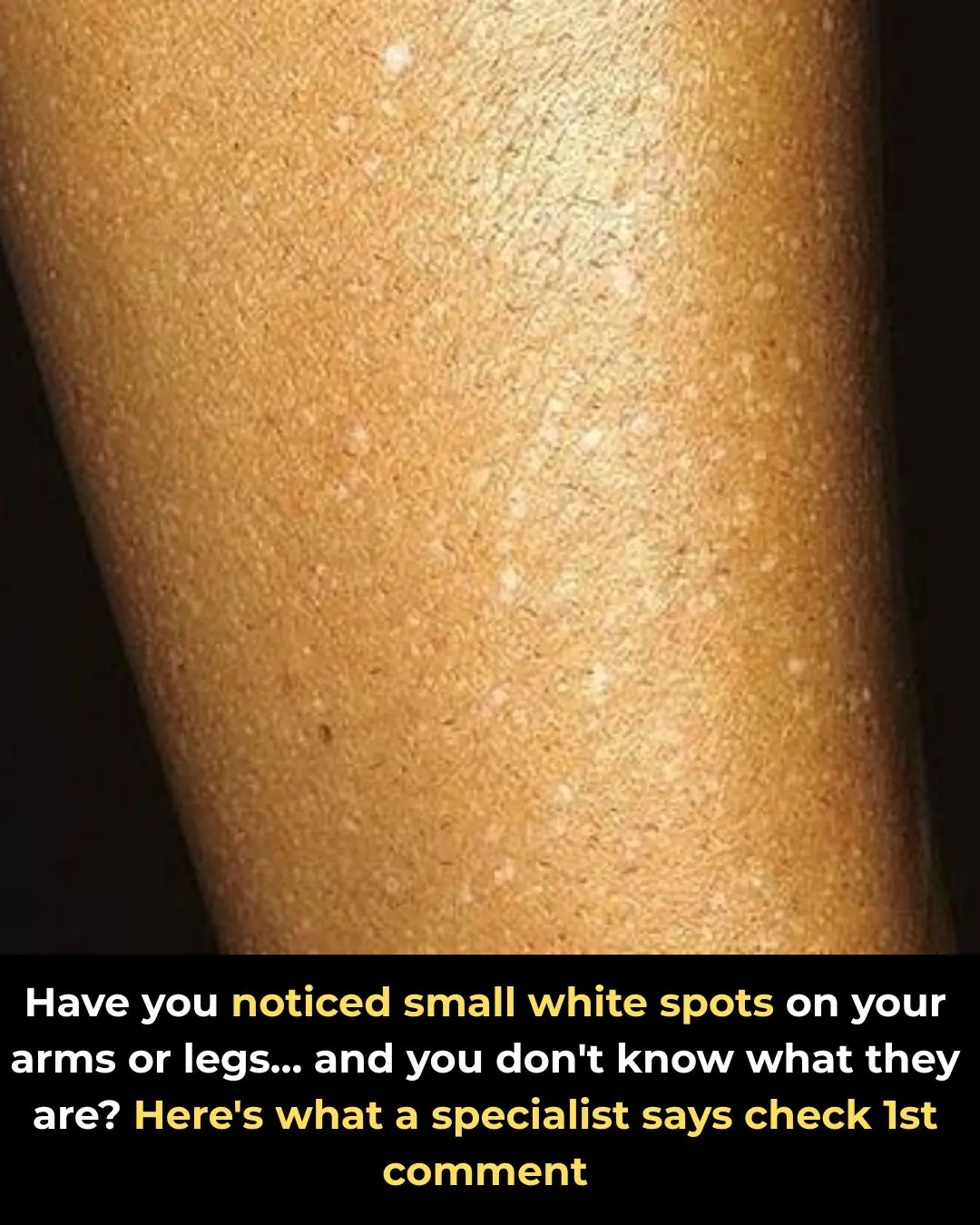
Have you noticed small white spots on your arms or legs… and you don't know what they are?

How Guyana Became the Only Nation Fully Self-Sufficient in All Seven Major Food Groups
